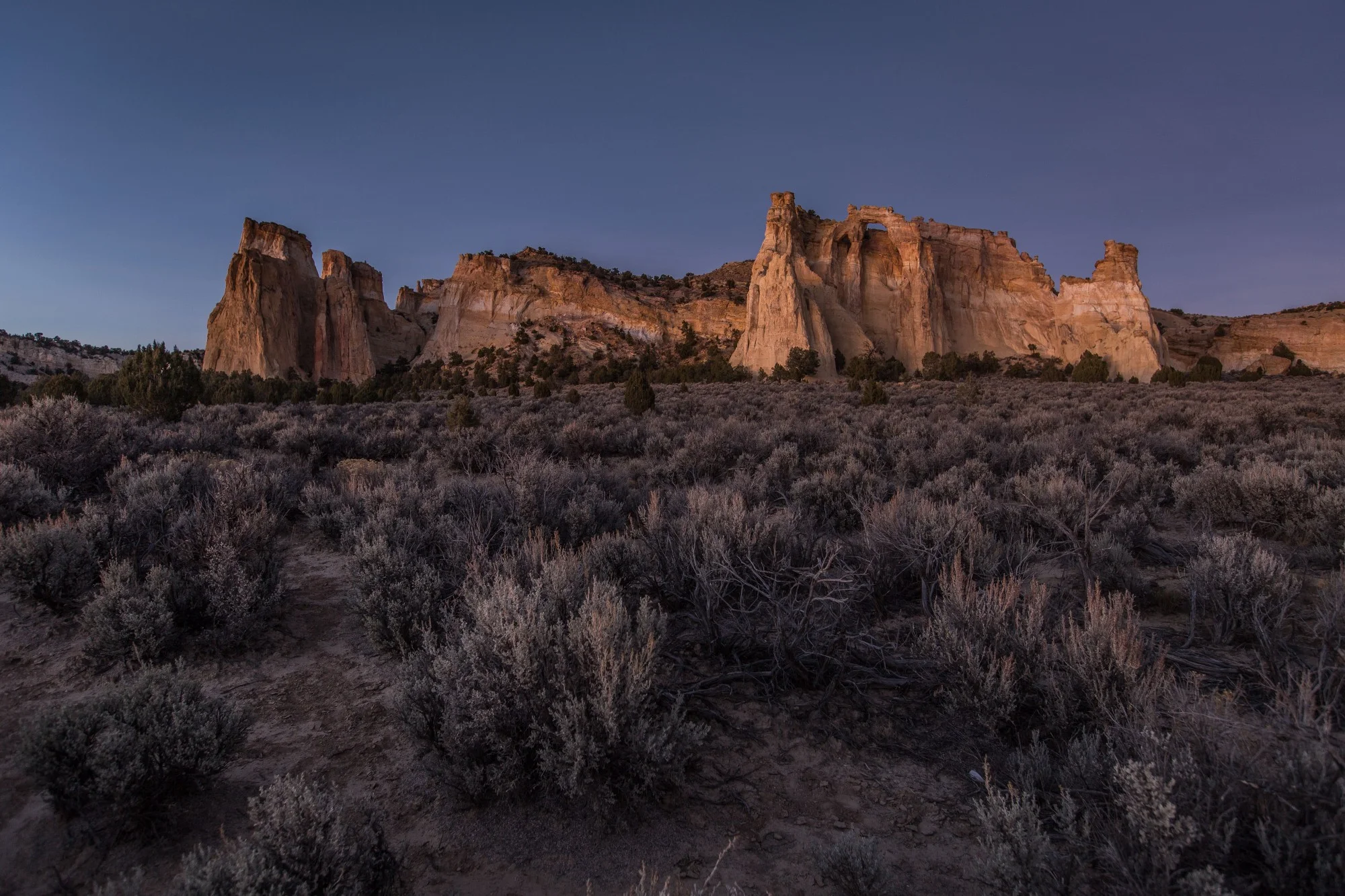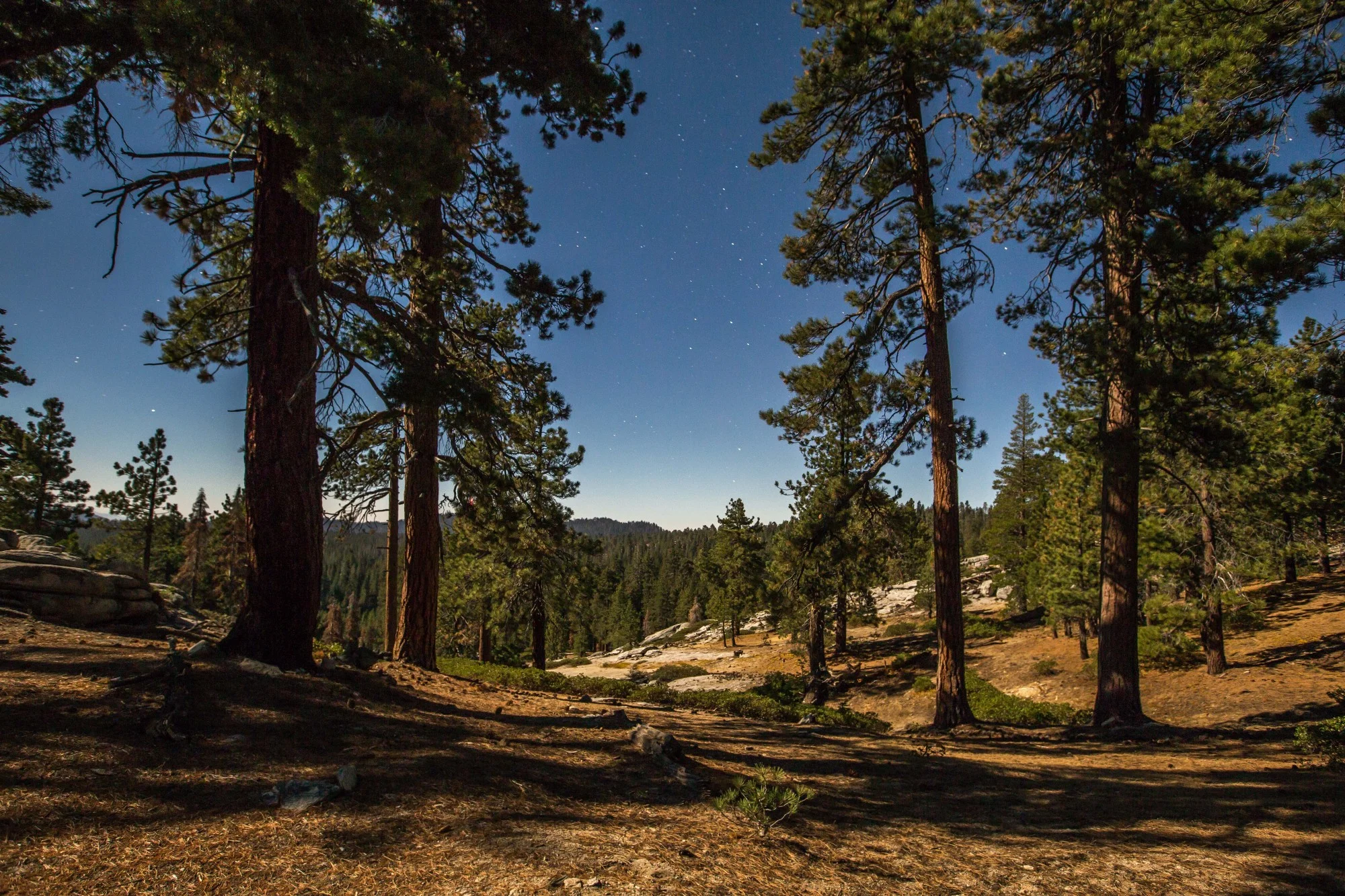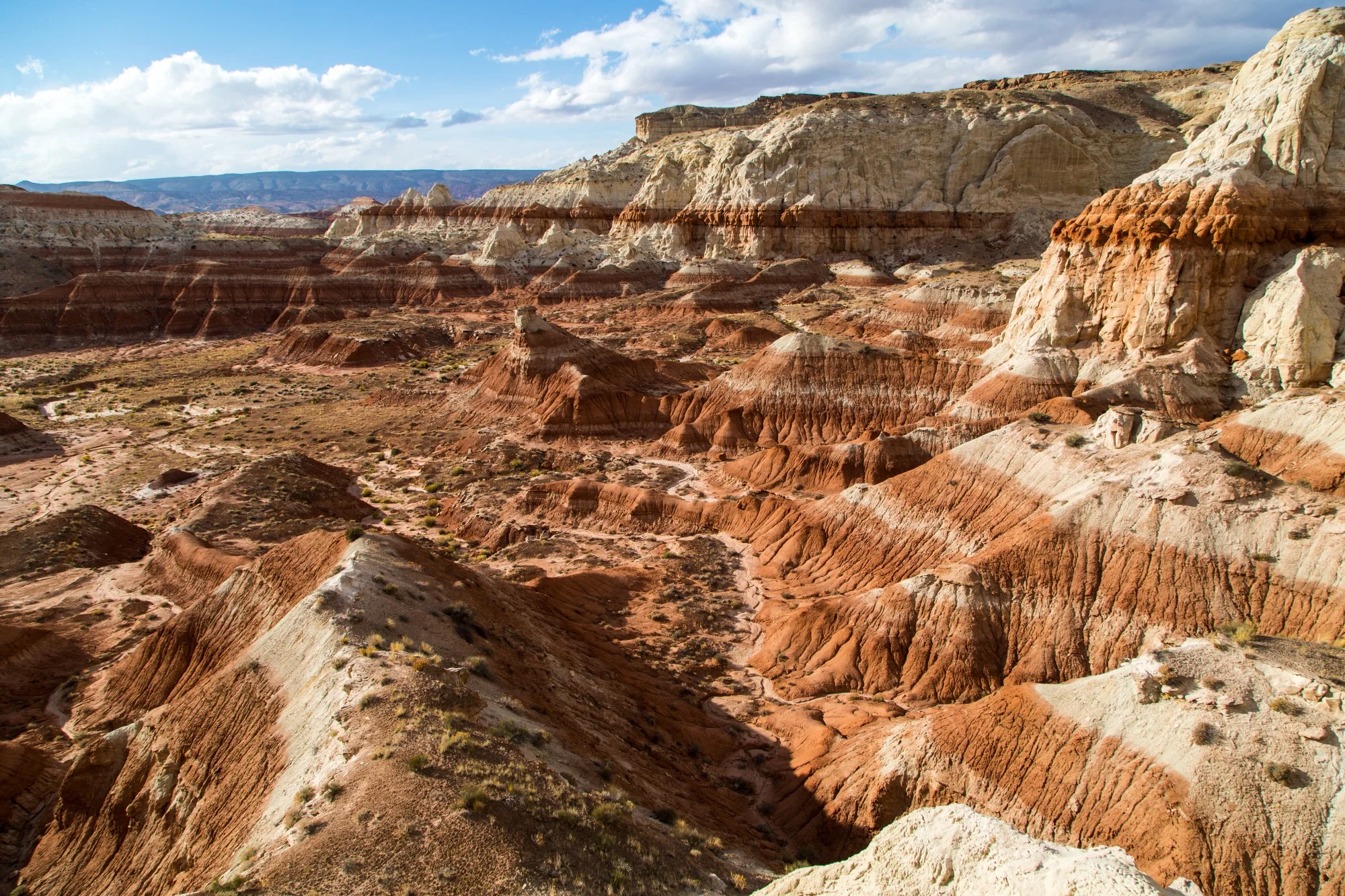CARRIZO PLAIN NATIONAL MONUMENT: In Photos
Text & Photos: Justin Lotak · 4 min read
Soda Lake inside Carrizo Plain National Monument, California
"The monument offers a refuge for endangered, threatened, and rare animal species such as the San Joaquin kit fox, the California condor, the blunt-nosed leopard lizard, the giant kangaroo rat, the San Joaquin antelope squirrel, the longhorn fairy shrimp, and the vernal pool fairy shrimp. It supports important populations of pronghorn antelope and tule elk. The area is also home to many rare and sensitive plant species, including the California jewelflower, the Hoover's woolly-star, the San-Joaquin woolly-threads, the pale-yellow layia, the forked fiddleneck, the Carrizo peppergrass, the Lost Hills saltbush, the Temblor buckwheat, the recurved larkspur, and the Munz's tidy-tips." - excerpt from President Clinton's Carrizo Plain National Monument Presidential Proclamation; January 17, 2001
Tucked between the Caliente Range and the Temblor Range lies a unique ecosystem. Most of California's San Joaquin Valley's grasslands have been converted to industrial, agricultural, or urban use - but the Carrizo Plain National Monument is a safe haven for grasses and wildflowers, harboring unique species and bringing visitors from around the world during years when the conditions are just right to cause an explosion of color during the occasional super bloom. In fact, it is the largest single native grassland remaining in California.
We visited Carrizo Plain National Monument in early October, and although we were several months late to see the impressive colorful wildflowers, the serene beauty of this place with its bountiful diversity was unlike anywhere we had seen. Often called one of the best kept secrets of California, it is surprising that this place is only an hour or two from Los Angeles.
Soda lake
Within the monument lies Soda Lake, which is the largest remaining natural alkali wetland in southern California. Spring rains fill the lake, but by the end of the summer it is usually dry. It is an important spot for migratory birds.
caliente range
The Caliente Range, which runs along the southwestern side of the national monument. When the conditions are just right during spring these mountains explode with colorful wildflowers in an event known as a "super bloom". A major one happened in 2017 after a four-year break.
California Valley Coyote (Canis latrans ssp. ochropus)
A coyote briefly views us from the grass. The range of the coyote extends throughout the North American continent, and as of 2005, 19 subspecies of coyotes have been recognized.
common side-blotched lizard (Uta stansburiana)
These lizards have a very interesting mating behavior, where the males come in three morphs: orange-throated ("ultradominant"), blue-throated ("dominant"), and yellow-throated ("sneakers"). Each has its own advantages, and their breeding success rates cycle each year. This rock-paper-scissors mechanism is further described here.
California ebony tarantula (Aphonopelma eutylenum)
A California ebony tarantula feeling its way through the grass.
Andreea walking out for a photo of the grasslands. Haze from nearby forest fires made for some unique pictures of the grasses and surrounding mountains.
northern harrier (Circus hudsonius)
A northern harrier perched on top of a bush. They have a distinctive owlish face whose shape helps them better hear their pray moving through the grassy vegetation.
sunrise on soda lake trail
The Soda Lake Trail, centrally located within the monument, has interpretive signs that give a brief history of the region and the importance of its ecosystems.
A sequence of a coyote hunting rodents at Carrizo Plain NM. We watched him or her do this three times, with a 2 out of 3 success rate.
A rock range near where we camped at the Selby campground.
thistledown velvet ant (Dasymutilla gloriosa)
A thistledown velvet ant, actually a wasp in disguise. This was one of the weirdest looking insects I've ever seen, and had no idea what I was photographing when I saw it near my feet. They apparently pack a powerful sting, and their white fuzzy appearance is to mimic the seeds of the creosote bush. See here for an interesting article about velvet ants.
The sun setting over the Caliente Range and Carrizo Plain's grasslands.























To date, President Joe Biden has designated five national monuments since coming to office in 2021. Here we take a look at four of those five national monuments that had a land conservation element, and what might be on the slate before the end of his first term.